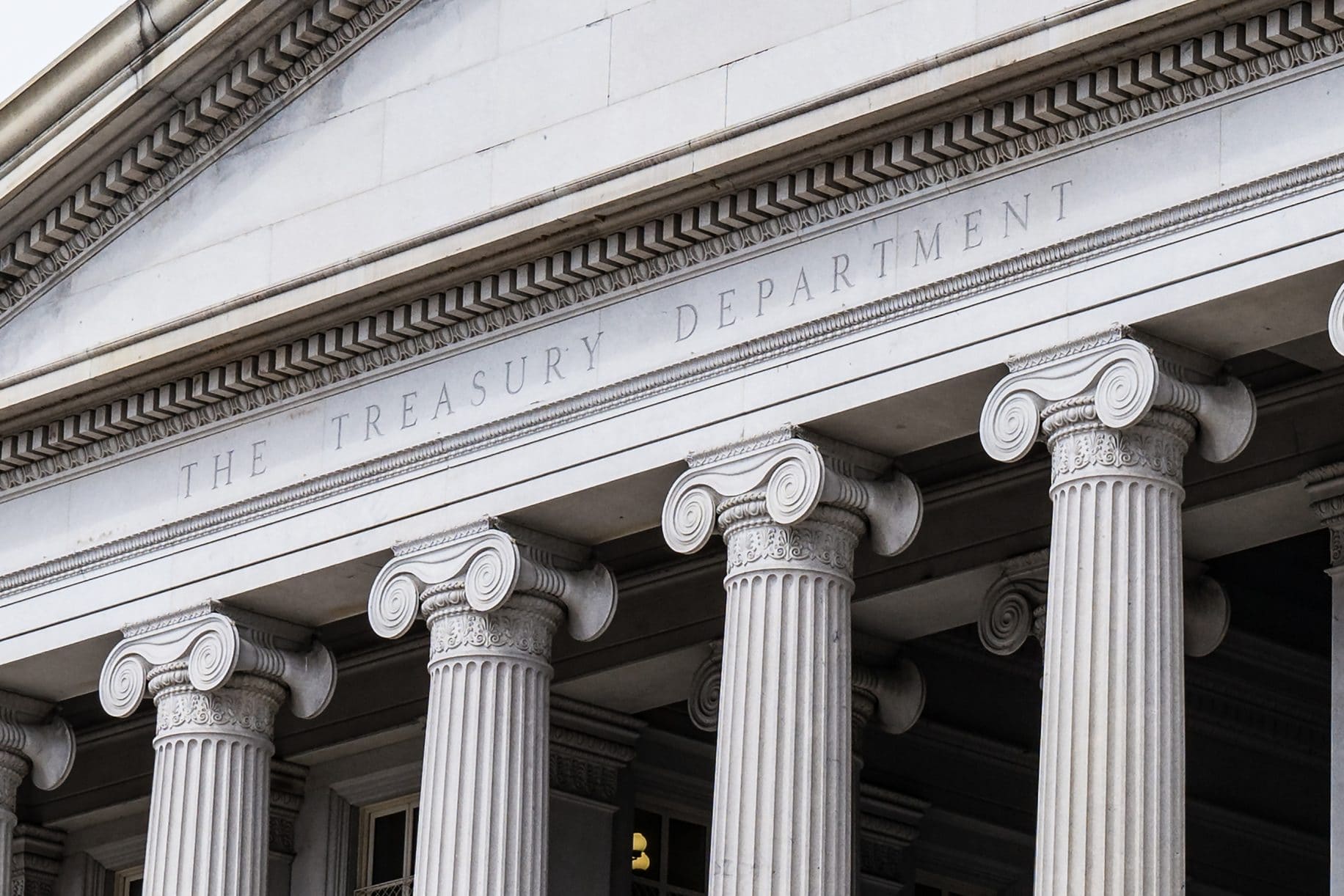Chinese Exchanges Curb Stock Selling Amid Economic Strain
Amid economic uncertainties and threats of U.S. tariffs, China's key exchanges urge major mutual funds to limit stock sales, aiming to stabilize volatile markets.
Published January 07, 2025 - 00:01am

Image recovered from businesstimes.com.sg
The Chinese financial landscape has entered a period of heightened caution as the country's major stock exchanges have directed large mutual funds to minimize stock selling at the outset of the year. This move, confirmed by multiple sources, is a strategic attempt by the authorities to pacify the markets as they navigate a complex economic phase.
Beginning on the last day of December and continuing into the first few days of January, at least four significant mutual funds received instructions from the Shanghai and Shenzhen stock exchanges. The guidance was clear: these funds were encouraged to purchase more stocks than they sold each day. This request was not mandatory; however, any excess in total selling values over purchases necessitated an immediate correction by adding more positions, according to the sources.
This intervention by the exchanges is predicated on the backdrop of Chinese stocks experiencing considerable setbacks. The market commenced in 2025 with substantial losses, spurred by the apprehensive climate owing to potential hefty tariffs on Chinese goods by incoming U.S. President Donald Trump. With these tariffs poised to further burden an already sluggish Chinese economy, such preventive guidance has become a common strategy at pivotal moments.
Last week witnessed the CSI 300 Index, China's blue-chip measure, plummet by 2.9 percent on the year's first trading day, marking its poorest start since 2016. The index suffered a decline exceeding five percent across the week. As Trump's tariff pronouncements loom closer, market pressures have intensified, impacting the yuan, and cascading into lower mainland bond yields and stock prices.
To buffer the economic turbulence, Chinese authorities have adopted a host of stabilizing measures. Notably, they have employed swap and relending schemes valued at 800 billion yuan aimed at fueling stock purchases. Moreover, in a bid to revitalize investor confidence, the exchanges engaged in consultative sessions with foreign institutions.
The Central Economic Work Conference, held annually in December, outlined the stabilization of stock and property markets as a cardinal objective for 2025. This has factored into the surprising closure of 2024 with a 14.7% stock market gain, a performance unseen since 2020, majorly powered by a brief rally post-September's stimulus declaration.
Historically, similar overtures by stock exchanges were made early in the preceding year when Chinese equities hit a five-year trough. Present directives are a part of the continuing proactive approach to safeguard market dynamics amidst unsteady global economic conditions.
There is a diversified range of opinions regarding this guidance. Supporters argue that it is a prudent regulatory intervention to safeguard market integrity during periods of unpredictable fluctuations. Critics, however, apprehend that such measures may undermine market freedom and could potentially distort natural market behavior, suggesting a slippery slope towards over-regulation.
The current infrastructural approach towards crisis management by Chinese authorities is reflective of the intricate balancing act required to maintain economic stability. As President Trump's inauguration inches closer, the looming threat of escalating trade tensions between the U.S. and China remains an overarching concern. Both domestic and international investors are keenly observing how these dynamics will unfold, potentially redefining the global economic landscape.
This shifting scenario in the Chinese market is a critical marker of how significant the interplay of international politics and domestic economic strategies is in influencing stock market trends. The continued resonance of this guidance initiative indicates a broader governmental resolve to appease investors and fortify the market against potential volatilities that define the modern economic milieu.
As China charts its economic course amid these challenges, the coming weeks stand to be pivotal in determining the trajectory of its financial markets. Policymakers, investors, and global market watchers alike are united in anticipation of the outcomes that will result from these decisive economic maneuvers.








